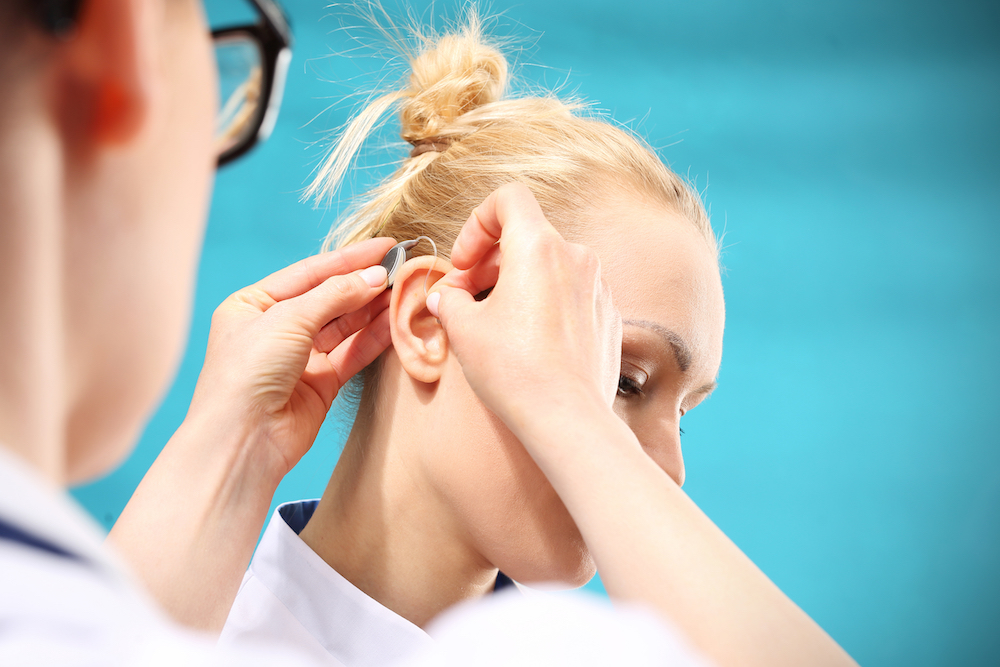5 Common Hearing Loss Myths
Hearing loss is a serious issue that affects millions of people all around

By: admin | December 27, 2019
When you are diagnosed with hearing loss, a number of steps are taken to ensure you get the best treatment possible. Hearing aids are the most widely recommended treatment for hearing loss, but should be programmed and fitted by an audiologist.
The purpose of the hearing aid fitting is to ensure that your hearing aid fits properly and is set to the programs you need to have the best listening experience possible. Hearing aid settings can be tricky the first time you use the device, so having a trained audiologist by your side can help enormously.
A hearing aid fitting is a necessary step in getting the most out of your devices; it’s something that can help you make the best possible use of your device. Here’s what to expect:
The first place that an audiologist will start is with the results of your hearing test, usually held at an earlier date. The nature of your hearing loss will have a bearing on the hearing aid that you choose. Some hearing aids cater better to mild hearing loss, while others are more suitable for those with moderate and severe varieties.
Your audiologist may also talk to you about the specifics of your hearing loss. You could find it easy to hear pure tones but may struggle with directional hearing while focusing on a single voice in a room where lots of people are talking. Again, the choice of hearing aid that you make matters a lot. Some assistive hearing devices have settings that let you zoom in on the personal chatting opposite you.
The next step is to ensure that the ear is ready to accommodate a hearing aid. When it comes to assistive hearing devices, it’s rarely a case of shoving it into the ear canal and hoping for the best – the ear requires preparation. First, the audiologist will look into the ear canal using an otoscope. This instrument illuminates any blockages and tells the audiologist if they need to remove earwax.
The next step depends on the kind of hearing aid your audiologist thinks you require. If your hearing aid has an external section that sits at the opening of the ear canal, you’ll need an earmold. The earmold is a custom-shaped attachment to the hearing aid designed to fit the exact shape of your ear. Earmolds are essential; if your hearing aid doesn’t fit correctly, it might become uncomfortable. The audiologist will take a mold of your ear and then send it off to be made into the final piece.
If the hearing aid has an open configuration, your audiologist will take measurements of the ear canal to ensure that the device has the correct length and width.
Modern hearing aids come with a plethora of settings, features and options. The purpose of this is to make your life better. The more choices you have, according to the manufacturers of these devices, the better you can tailor the experience to your individual needs.
If you’re new to the world of hearing aids, the array of choices available to you can be complicated. For this reason, it’s a good idea to have a professionally trained audiologist by your side to help you decide. Your audiologist will speak with you about the kind of features you could benefit from. Some hearing aids, for instance, provide basic amplification and a couple of channels, while more sophisticated varieties automatically adjust your sound environment.
Next, the audiologist will test whether the hearing aid is delivering the right amount of sound to your ear. Sometimes hearing aids can be set too loud or quiet when first installed. They may also not be set up to amplify the specific frequencies of sound that you struggle to hear correctly. Again, your audiologist will work closely with you using a real ear measurement. This test reveals how much noise is truly reaching your inner ear and whether your hearing aids are at the right volume.
The whole process of fitting a hearing aid usually takes between one minutes and two hours. At the end of the visit, your audiologist will talk to you about how to look after your hearing aid and how to change the battery.
If you want to learn more about hearing aid fittings, get in touch with Physicians Hearing Center at (334) 441-4090. We’d love to hear from you.

Hearing loss is a serious issue that affects millions of people all around
By: admin | September 30, 2022

If you're one of the millions of people who use hearing aids, then you
By: admin | August 22, 2022

Did you know that your hearing affects your balance? It's true! In
By: admin | August 4, 2022
